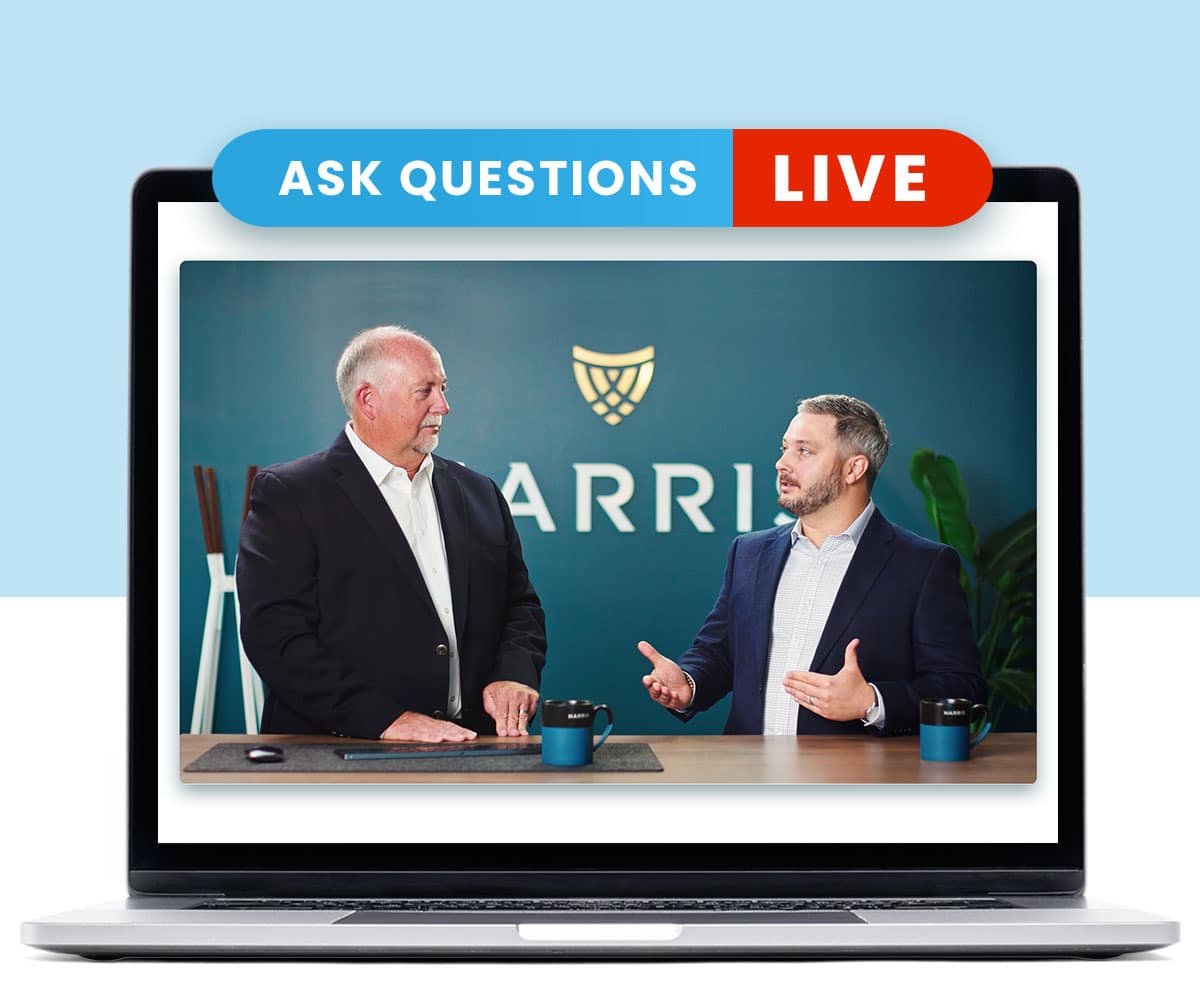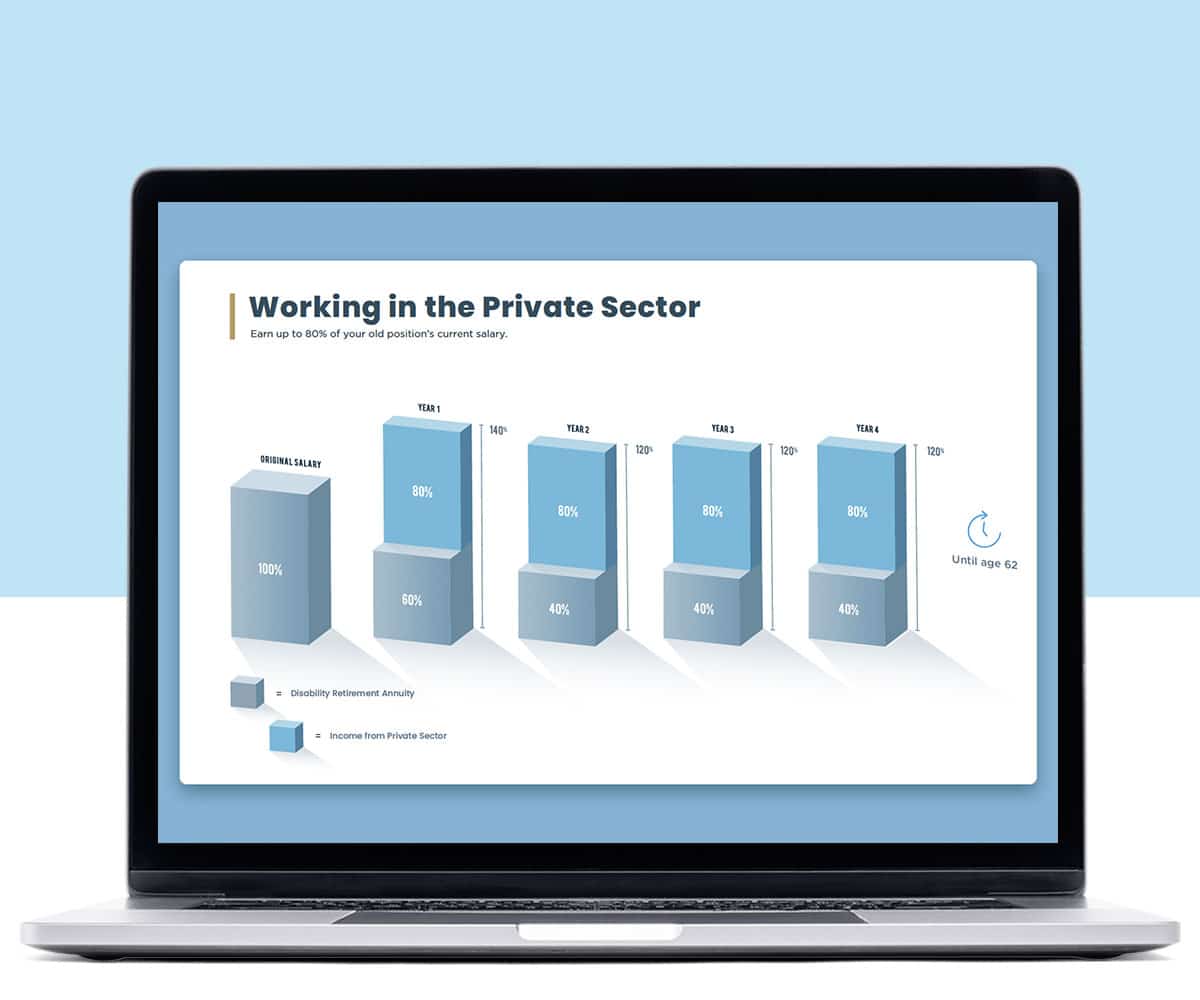The Office of Personnel Management will begin a new hiring program beginning July 10, 2012. Known as the Pathways Program, the three tiered program will consist of an internship for enrolled college students, a program for recent college graduates and the Presidential Management Fellows Program; a program which already exists within the OPM.
Of significant change to current hiring practices, OPM will reduce the probationary period for those in the recent graduates program to one year, as opposed to the two years which were originally suggested. OPM indicated that the federal unions associated with their department did not feel that new hires should be held to a longer probationary period than employees hired under the standard competitive process.
Several OPM managers, including former Department of Homeland Security chief human capital officer, Jeff Neal, disagreed with the new policy, stating that they preferred the two year probation period which was part of the Federal Career Intern Program; a program which is now defunct. The managers preferred the old program as they indicated that this extended time period gave them more time to evaluate new employees following their training.
Initially, OPM suggested a compromise to allow recent graduates to go through the one year probationary program, but after they completed a job specific training program. Jeff Shriver, OPM’s general counsel, explained that OPM is working to determine which jobs having training that will require a deferred probationary period.
However, the executive director of the Federal Managers Association, Todd Wells, relayed that his organization still preferred the two year period in contrast to the one year probationary period.
According to Federal Times, Wells said that OPM’s decision, “leaves a ton of leeway as to when the so-called training is complete,” and that, “In theory, it would absolutely be fine with managers. But a two year probationary period simplifies everything for everyone, and there’s no misunderstanding for any party as to when [the training] started and was completed.”
While Colleen Kelley, National Treasure Employees Union President, said she approves of OPM’s decision to shorten the recent graduate’s trial period, she expressed concern that some hires currently in training may experience longer probationary periods.
Kelley mentioned that as OPM did not provide a limit to the number or type of employees who can be hired under the new program, the potential for abuse could create conflict.
With the new system, managers can choose to either convert the recent graduate employee to the competitive service or the employee will lose his job. Under the standard hiring system, a manager must opt to terminate an underperforming employee prior to the end of their probationary period.
Individuals who graduated from college after December 2010 will be grandfathered into the Recent Graduate Program. While OPM can establish a limit to the number of individuals who may use the Pathways program, they will elect to not cap it as of now. It is expected that agencies will begin hiring under the new program this year but it is not expected to accelerate until the Spring of 2013. Agencies will be required to post jobs via USAJOBS.GOV and that these positions must be open to all qualified applicants, though veterans preference rules do apply to those vacancies.



